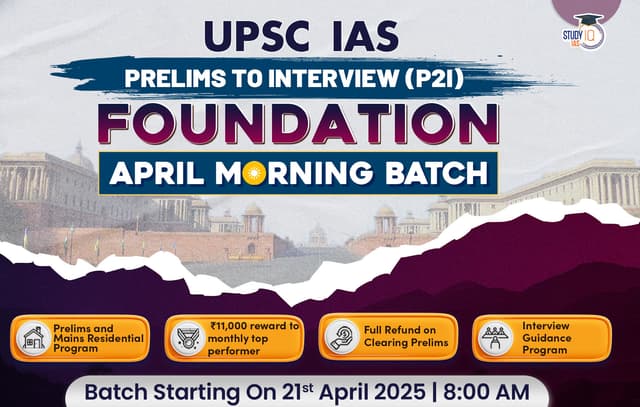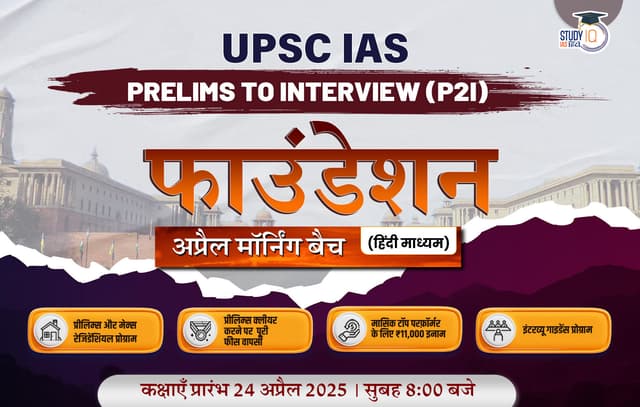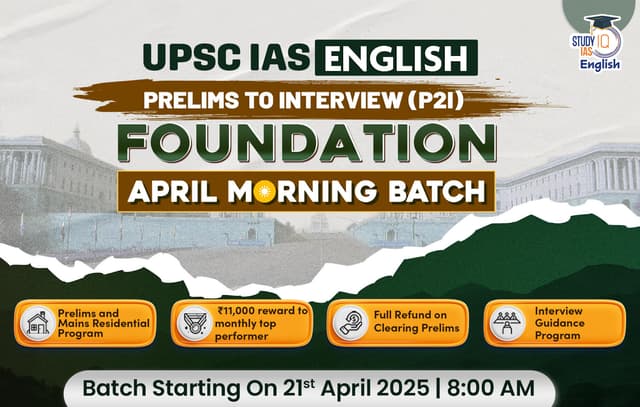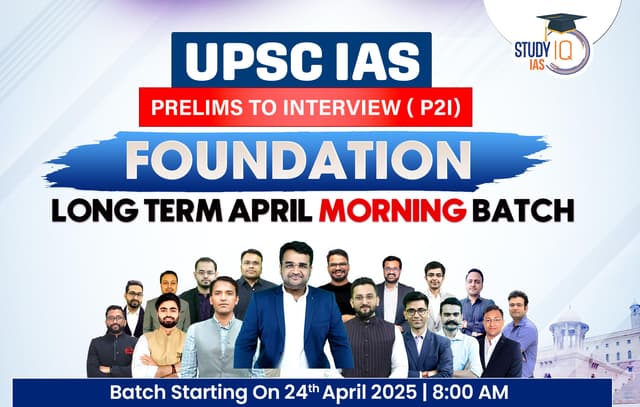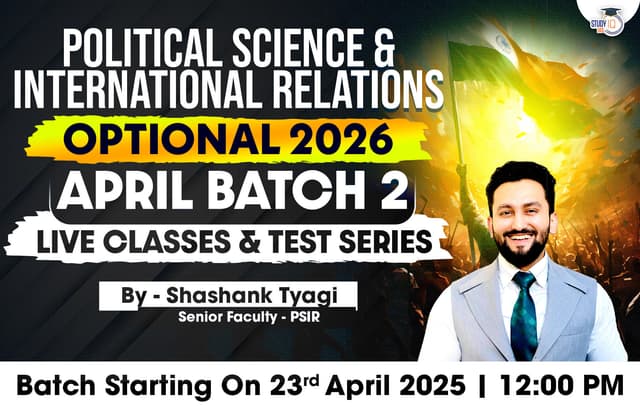Art and Culture UPSC Notes
On this website for art and culture, there are free study resources for the UPSC Prelims in 2023. The GS1 Paper will be a part of both the UPSC Prelims Examination in 2023 and the UPSC Main Examination in 2023. The majority of candidates find it tough to research Indian culture and heritage in order to prepare for the UPSC Civil Services Exam.
The evolution of a nation is influenced by its culture. A culture is a set of individuals who have similar values, aspirations, and behaviours. Culture and creativity can be found in practically every economic, social, and other endeavour. The various cultures of India represent the diversity of the country. One of the largest collections in the world is the “Intangible Cultural Heritage (ICH) of humanity,” which includes songs, music, dance, theatre, folk customs, performing arts, rites & rituals, paintings, and literature.
Art and Culture for UPSC and PSC
- World Heritage Day 2025, Theme, Objective and Significance
- Chittorgarh Fort: Mining Ban within 10 km Area of Fort
- PM Modi visits Wat Pho Temple in Bangkok
- Ramakien Murals of the Grand Palace of Bangkok
- Sangeet Natak Akademi Awards Winners List for 2022 and 2023
- Mahabodhi Temple Complex at Bodh Gaya
- Nowruz 2025 Persian New Year Festival
- Warli Painting, Historical Background and Characteristics
- Holi and Holika Dahan 2025 Date and Timings in India
- 25th Jahan-e-Khusrau Sufi Music Festival
Art and Culture Books for UPSC
The civil service exam includes a sizeable section on art and culture. The subject of art and culture is vast in and of itself, although only making up a minor portion of Indian history. Indian Culture: Salient Aspects of Art Forms, Literature, and Architecture from Ancient to Modern Times is listed in the UPSC Mains GS-I even though it isn’t officially covered in the IAS Exam Preliminary Syllabus. Read on to discover the best study strategy for the UPSC Exam as well as the best books for art and culture.
| Art & Culture Books for IAS Exam | |
| S.No | Art & Culture Books & Other Resources |
| 1. | NCERT Class 11 – Living Crafts Traditions of India |
| 2. | NCERT Class 11 – An Introduction to Indian Art Part-I |
| 3. | NCERT Class 12 – Craft Traditions of India |
| 4. | Indian Art & Culture By Nitin Singhania |
| 5. | NIOS Art & Culture Notes |
| 6. | CCRT Books from the Ministry of Culture |
| 7. | Friday Review of The Hindu newspaper that covers Art & Culture segment |
Art and Culture Syllabus for UPSC
The syllabus for General Studies I for the UPSC Civil Services Mains includes a section on Indian Art and Culture, one of the essential areas in the Civil Services preparation. The whole section in the UPSC curriculum that refers to the Indian art and culture syllabus is “Salient Features of Literature, Art Forms, and Architecture from Ancient to Modern Times.” Nevertheless, after carefully reviewing the UPSC past year examinations, we have created a list of important microtopics for the Art and Culture curriculum that should be studied for UPSC preparation.
The syllabus for Indian Art & Culture has been specified under the GS Paper 1 of UPSC Mains Exams. Following is the list of micro topics that have been covered in Indian Art & Culture
| Art and Culture Syllabus for UPSC Topic-wise | |
| Indian Art Forms |
|
| Literature |
|
| Architecture |
|
Art and Culture Preparation Strategy
In order to excel in the arts and humanities, a candidate may use a variety of strategies. The prelims test involves application of the studied concepts, whereas the mains exam examines analytical and conceptual knowledge, hence the preparation strategies for both the prelims and mains are different. By reading the sections that follow, aspirants can discover how to become ready for the UPSC.
Art and Culture Preparation Strategy For UPSC Prelims
For UPSC to ace the test, there needs to be a good art and culture plan. The following section discusses the UPSC preparation plan for arts and culture.
- First Step: The first stage in the preparation approach for the preliminary test is to analyse the previous year’s papers from the previous ten years and make a list of the topics that are repeatedly questioned.
- Second Step: After reviewing the papers from the previous year, a candidate can read the NCERTs and necessary textbooks (mentioned above in the section) to comprehend the subject. It is crucial to read the textbook and NCERTs while remembering the inquiries, subjects, and themes from prior years. Additionally, a candidate ought to underline similar subjects or ideas in the textbook or make notes for later revision.
- Third Step: There are some particular subjects that demand additional focus, like the ancient Vijayanagara Empire’s art and architecture. Practically every year, it is asked in some capacity during the preliminary test. Therefore, it is essential to talk about this topic from a UPSC perspective.
- Last and most Important Step: Multiple revisions are the finest preparation method for art and culture, but how do you modify art and culture? Let’s respond to this query in terms of the UPSC prelims. One primary source and one secondary source should be chosen by the candidate. Before the exam, it is recommended that you review the study materials several times. In order to master the material, it is equally crucial to practice UPSC Mock Tests/Test Series. For instance, a candidate might be required to rewrite a paper on Indian cave architecture. Try as many of the previous year’s papers and mock practice questions as you can till you achieve 90% correctness.
Art and Culture Preparation Strategy For UPSC Mains
To score good marks in art and culture subjects in the mains examination an aspirant needs confidence and that confidence comes from a good strategy and regular implementation of that strategy. Let’s discuss the Art and Culture Preparation Strategy For UPSC Mains.
- Find and evaluate the questions from the prior year.
- Make a note of the significant subjects that have come up time and time again. Create 250-word summaries of those topics and spend as much time as you can reviewing them before the exam.
- The NCERTs and textbooks can be used to prepare the notes. As you read textbooks, try to make a note or bookmark a question from a prior exam next to the relevant topic to make the review easier.
- To gain a thorough understanding of that subject, practice writing answers in the same format as the UPSC main exam.
- Some significant subjects that can be examined using this method include the List of Historical Monuments in India, the UNESCO Intangible Cultural Heritages in India, and Art and Culture under the Delhi Sultanate which can be studied with the linked article.
- Identify current affairs-related questions and try to answer them by referring to newspapers and magazines.
Art and Culture Free Study Material
For the subject of art and culture in the UPSC Exam, many websites offer Free study materials. You may also find free study materials for the UPSC Exam by watching YouTube videos and downloading NCERT notes. StudyIQ On its official website, UPSC offers free study materials for art and culture. Candidates can visit the StudyIQ website if they are studying for the UPSC and are looking for the best notes for the UPSC Art and Culture Subject.


